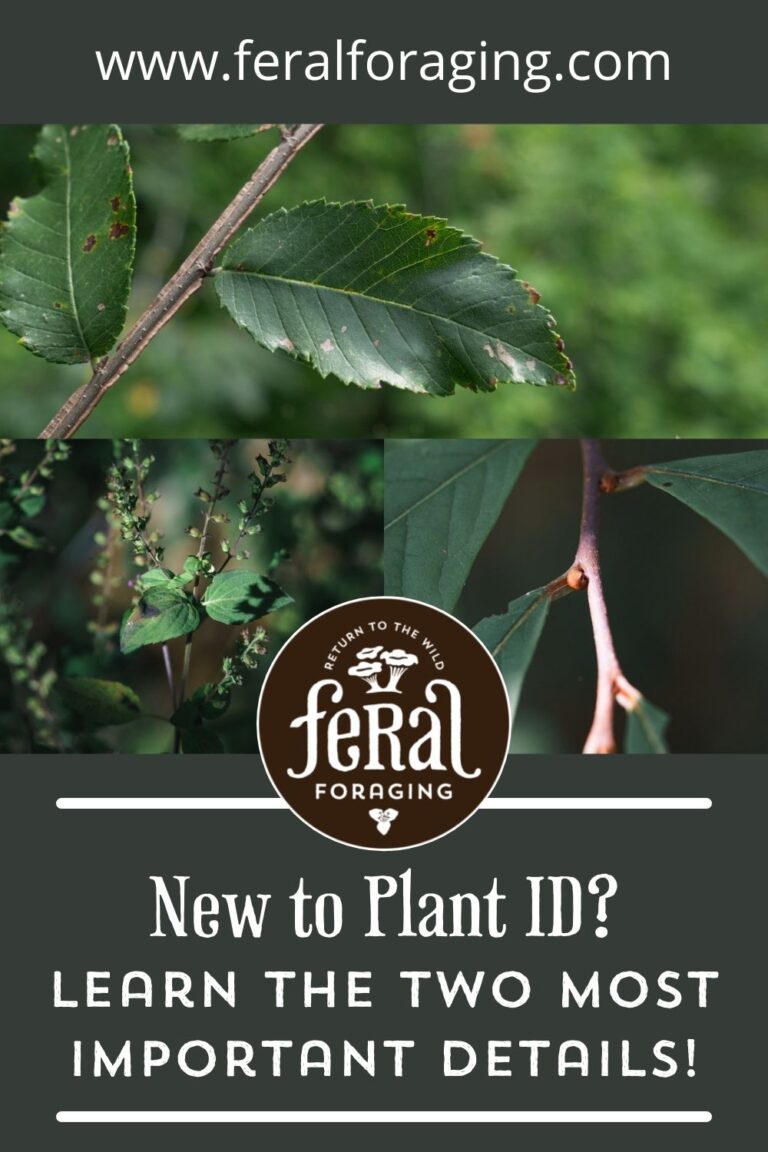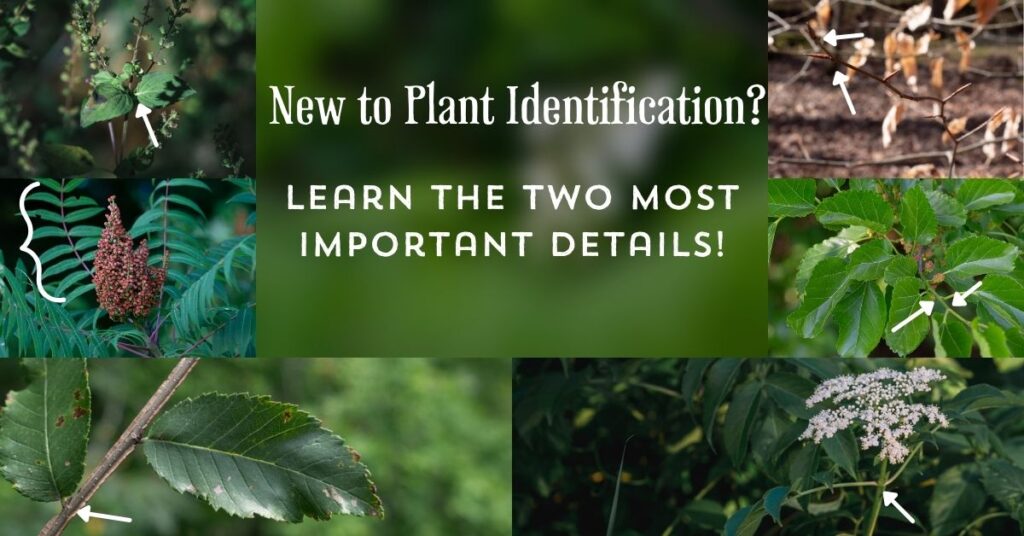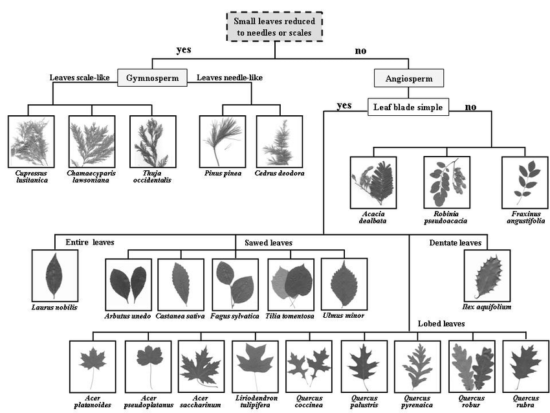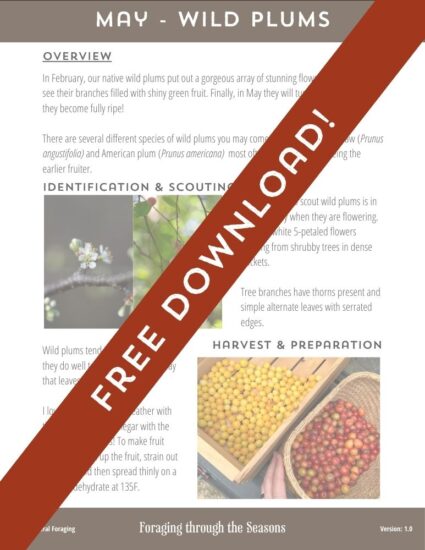When I started learning plant identification, I quickly got overwhelmed by all the details I could possibly learn. I tried to memorize all the leaf shapes. I tried to remember which number of flower petals indicates which family. I tried to learn trees by looking at their bark.
None of them were proving very helpful to me.
The Need for a System
In order to try to learn identification in a more systematic way, I turned to dichotomous keys. These are usually found in field guides and are meant to guide you through an array of details to finally point you towards the ID of the specimen you have before you.
But I got overwhelmed again! The keys often relief on a huge set of vocabulary terms that I was completely unfamiliar with. I gave up on them and continued to learn plants mostly through a trial-and-error manner.
Note: Upon returning to dichotomous keys, I find them largely helpful. Perhaps when I was initially learning them I was just a bit impatient!
Along the way, I started to identify (pun intended) the most useful key characteristics. I’m going to present the two most helpful to you so you won’t have to struggle as I did. These are the two most important details that will help you start to pinpoint plant characteristics to ultimately lead you to a positive ID!
Leaf Arrangement
Without a doubt, this single characteristic has proven to be the most helpful to me in my plant identification journey (and continues to do so!). What is leaf arrangement? Generally speaking- it is the way that leaves attach to their stem and there are two main types, opposite and alternate.
Opposite
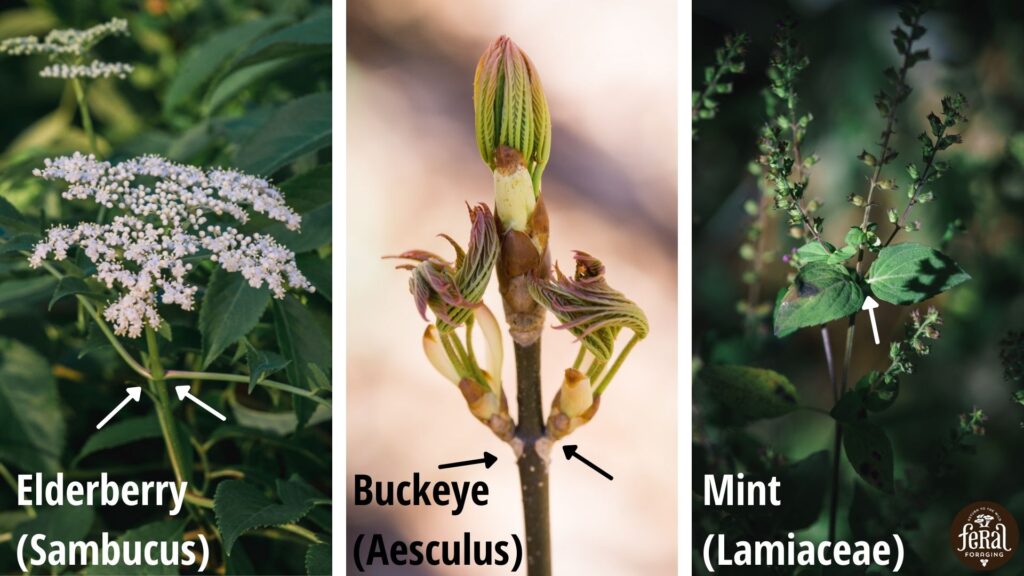
Alternate

As we can see from the above photos, leaf arrangement could also be called branching pattern, they all align. This detail is easy to observe for beginners and extremely helpful! Thus, I urge you to start paying attention to leaf arrangement right away!
Leaf Type
The next important detail to observe is leaf type- whether it is simple or compound.
Compound
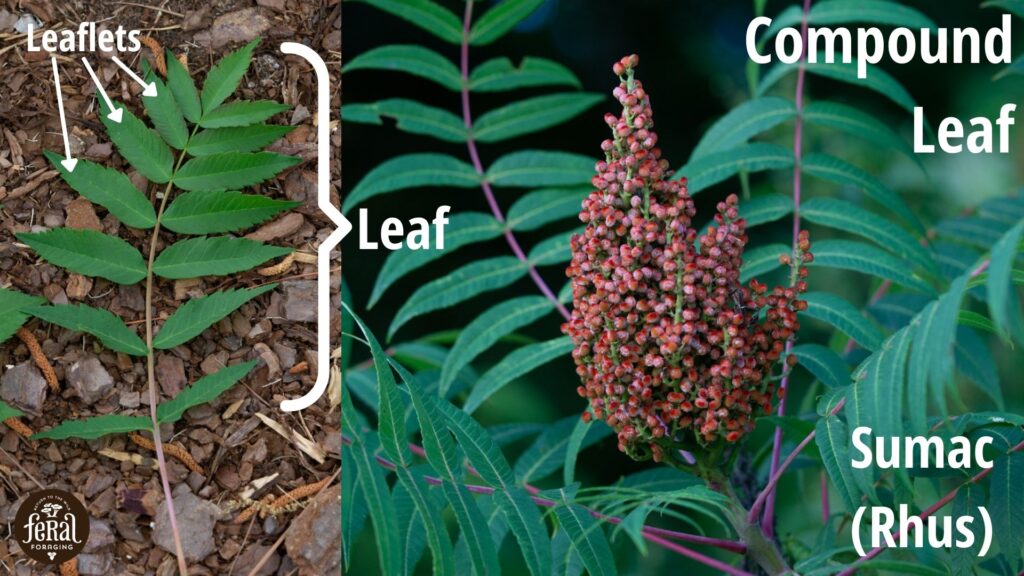
Compound leaves are made up of many leaflets. Winged sumac (Rhus glabra) is a great example of a plant with compound leaves ( and alternate leaf arrangement ). In the photo above, the single leaf we see on the left is made up of 15 leaflets.
Some common plants with compound leaves:
- Hickory (Carya)
- Elderberry (Sambucus)
- Black Locust (Robinia)
- Ash (Fraxinus)
Simple

Above, we see the Winged Elm (Ulmus alata) which has a simple leaf. That means instead of being made up of many separate leaflets, it is only a single complete leaf.
Common examples include:
- Elm (Ulmus)
- Black Cherry (Prunus serotina)
- Oak (Quercus)
How to tell the difference?
The question then becomes, how can we consistently tell the difference between compound and simple leaf types? The detail to focus on is the leaf bud. Each leaf will correspond to a single leaf bud, but a leaflet will not. Thus if we see a bud present we know we’re looking at one leaf.
This article from the Cofrin Center for Biodiversity provides a great look at compound vs simple leaves.
Putting it all together
Both of these details; Leaf Arrangement (Opposite vs. Alternate) and Leaf Type (Simple vs. Compound) are easy to learn and observe and very helpful by themselves. However, when we put them together we get a very solid foundation for getting to a positive ID and better understanding plant patterns. Below you’ll find the characteristics of all the plants shown on this page.
Plants and their Details:
Elderberry – Opposite, Compound
Buckeye – Opposite, Compound
Mint – Opposite, Simple
Mulberry – Alternate, Simple
Beech – Alternate, Simple
Pawpaw – Alternate, Simple
Sumac – Alternate, Compound
Winged Elm – Alternate, Simple
Taking the First Step
Start to observe these details and watch as your plant identification and detail detection take off! There are of course many details to follow, but you cannot go wrong from starting here.
Let us know if you found this article helpful! You can reach us on Instagram, Facebook, and via the Contact page!
